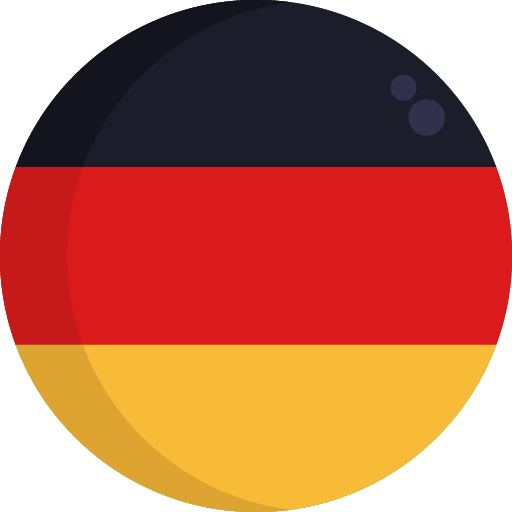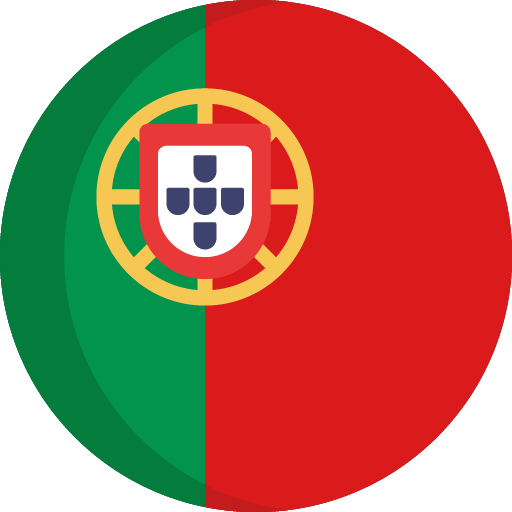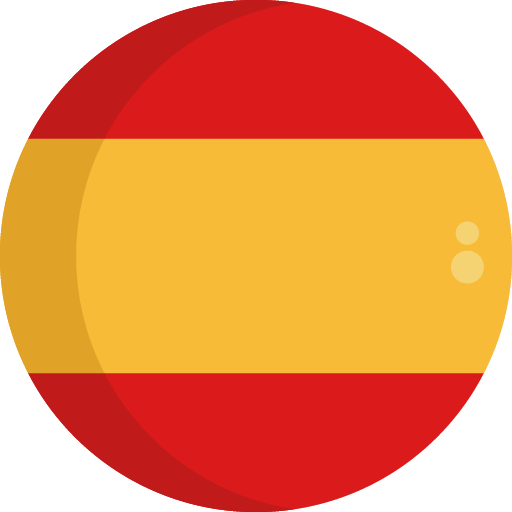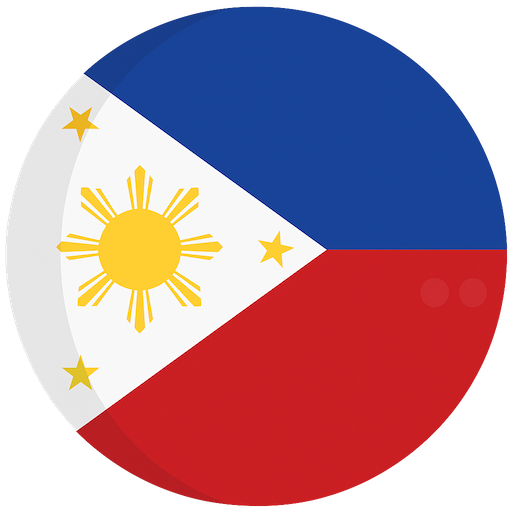Section 35b
Challenge of a spiritual harvest
Sychar in Samaria
| John 4:27-38 |
| 27Just then his disciples came back, and they were amazed that he was speaking with a woman. However, no one said, “What do you seek?” or, “Why are you speaking with her?” 28Then the woman left her water jar, went into the town, and said to the people, 29“Come see a man who told me everything I have ever done. Could this be the Christ?” 30So they left the town and began coming to him. 31In the meantime the disciples were urging him, “Rabbi, eat.” 32But he said to them, “I have food to eat that you do not know about.” 33So the disciples said to one another, “Could someone have brought him something to eat?” 34Jesus said to them, “My food is to do the will of him who sent me and to complete his work. 35Do you not say, ‘There are still four months and then comes the harvest’? I tell you, lift up your eyes and see that the fields are already ripe for harvest. 36He who reaps receives wages and gathers fruit for eternal life, so that both he who sows and he who reaps may rejoice together. 37For in this the true saying is verified: ‘One sows and another reaps.’ 38I sent you to reap that for which you have not labored; others have labored, and you have entered into their labor.” |
Notes
Sychar
Amazingly, Jacob’s well (also known as Jacob’s fountain and Well of Sychar) still exists just outside of modern Nablus and is a short distance from Tell Balata, biblical Shechem. It is often considered one of the most authentic site in the Holy Land — since no one can move a well that was originally more than 40 meters deep.
The well lies within the complex of an Eastern Orthodox monastery. Here visitors can descend below a modern church built over the site in 2007, to see the well. Jesus’ words to the woman - "Everyone who drinks of this water shall thirst again" - apply to more than water (John 4:13). They relate to everything we draw from in life for meaning and purpose apart from the One who spoke the words.
Samaria
After King Solomon’s death, the nation Israel divided north of the tribe of Benjamin’s border. Jerusalem stayed the capital in the south. Jeroboam chose Shechem as the capital for the Northern Kingdom, but the capital wasn’t there for long. Succeeding kings relocated Israel’s principal city from Shechem to Tirzah. Shechem, which lay between Mount Ebal and Mount Gerizim, provided central Israel’s most important crossroads.
King Omri moved the capital back to Samaria, and it served as the northern kingdom’s administrative center for 160 years. Samaria took its name from Shemer, the man
who sold Omri the hill (1 Kings 16:24-28). After the Assyrians dragged the Northern Kingdom into exile in 722 BC, they repopulated the area, producing a mixed breed - partly Jewish, partly Assyrian - called Samaritans. Caesar Augustus gave Samaria to Herod the Great, who rebuilt the city to his usual exorbitant standards and renamed the site Sebaste, the Greek name for Augustus.



















